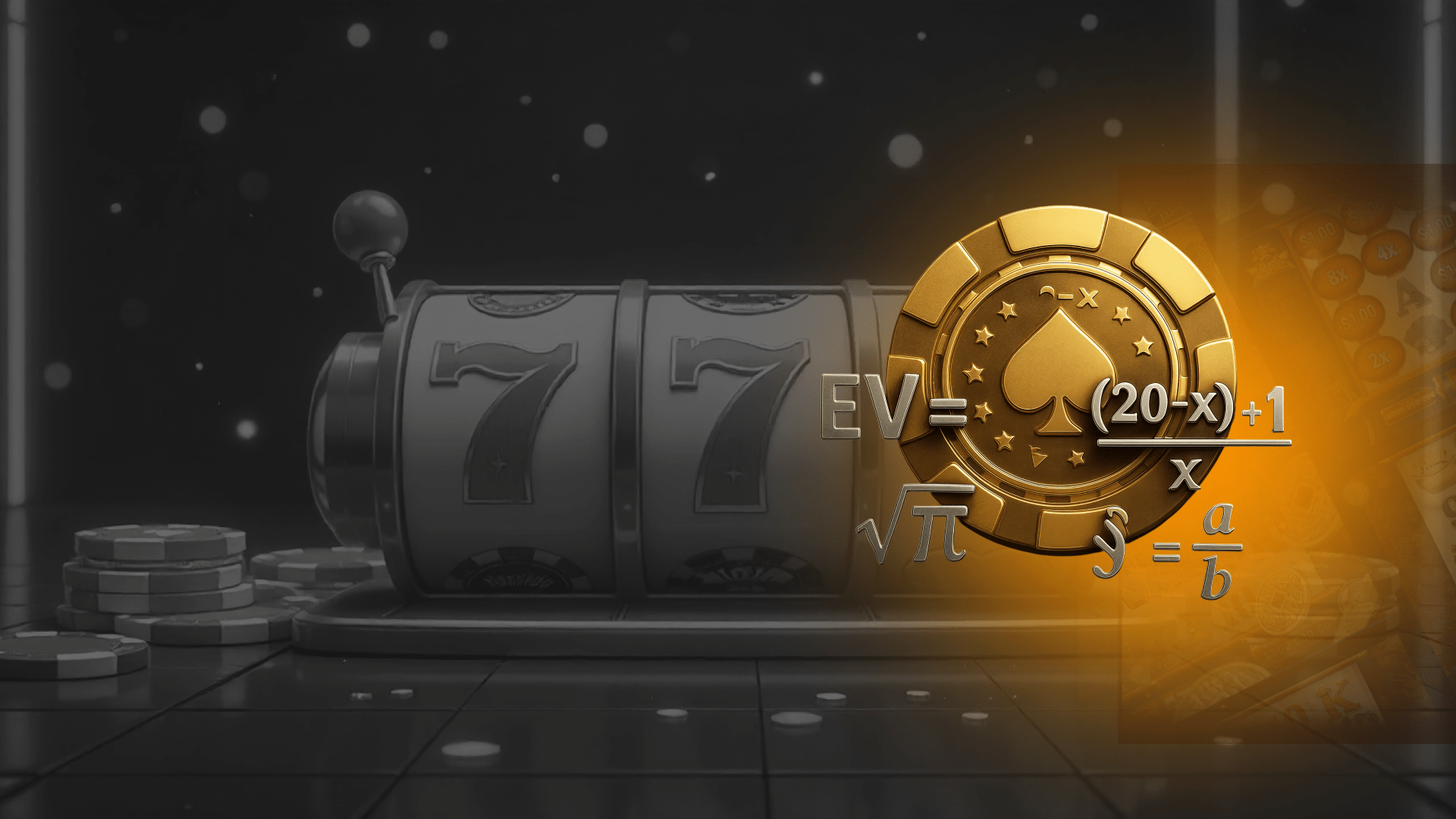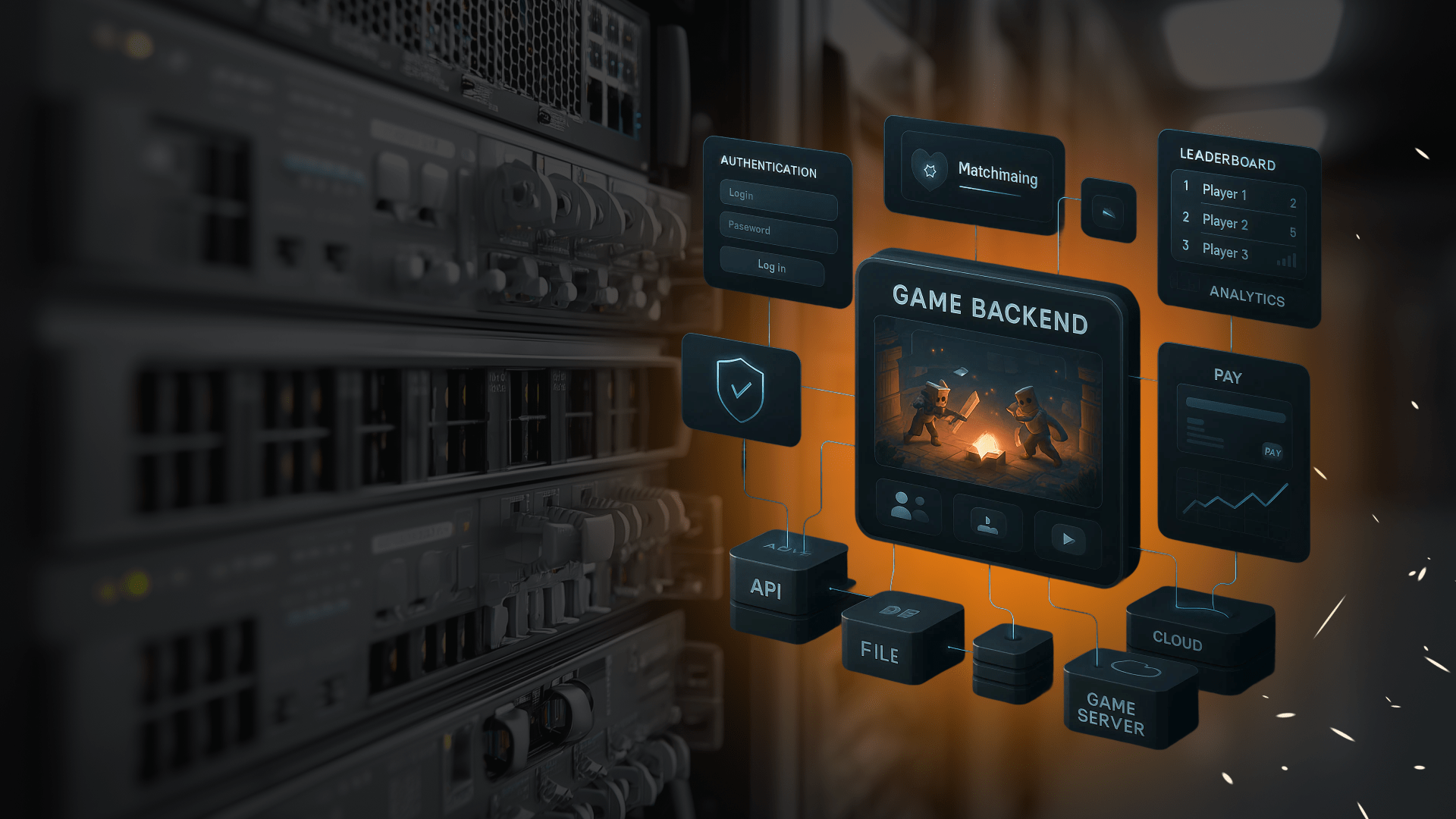Creating a successful mobile game requires more than just a great idea—it’s a journey with multiple stages, each demanding careful planning, creativity, and technical expertise. At Twin Win Games, we’ve perfected a development process that turns concepts into engaging and high-quality games. In this article, we’ll walk you through the core stages of mobile game development, from the initial spark of an idea to the final game launch.
Explore our custom game development services to see how we can bring your game project to life.
1. Concept and Ideation
The first stage is all about defining the game concept. Here, we brainstorm ideas, define the game’s genre, theme, target audience, and overall goals. This stage answers questions like:
- What’s the unique hook or mechanic of the game?
- Who is the game’s primary audience?
- How will the game stand out in the crowded app stores?
A well-defined concept helps set the foundation for the entire project and aligns everyone involved on a shared vision.
2. Market Research and Competitive Analysis
To ensure the game’s viability, it’s essential to conduct market research. We analyze successful competitors, study market trends, and gather insights on player preferences. This research helps us:
- Understand current trends and player demands
- Identify features that could set our game apart
- Spot potential monetization opportunities
Market insights shape both the design and the marketing strategies, ensuring the game has a solid market fit.
3. Game Design Document (GDD)
A Game Design Document (GDD) is the blueprint of the game, outlining key elements such as gameplay mechanics, storylines, character details, and levels. This document includes:
- Detailed descriptions of core gameplay mechanics
- Visuals, level design, and progression systems
- Sound and animation requirements
The GDD ensures every team member knows the project’s specifications and goals, keeping the entire process organized and efficient.
4. Prototyping
In this stage, we create a simplified version of the game to test the core gameplay mechanics. The prototype allows us to:
- Test the “fun factor” and initial gameplay feel
- Identify potential design issues early
- Gather feedback to refine the gameplay
Prototyping reduces risks by revealing challenges and areas for improvement before full development begins.
5. Art and Asset Creation
Art and assets are what make the game visually appealing and engaging. This phase includes:
- Character design, environments, and UI elements
- Animations that bring the game to life
- Sound effects and background music to create an immersive experience
Our artists work closely with designers to ensure the visuals align with the gameplay and theme, crafting assets that resonate with players.
6. Development and Coding
This is where the actual game-building happens. Our developers transform the design and assets into a playable game using coding and game engines (such as Unity or Unreal Engine). Key tasks in this stage include:
- Coding the game logic, physics, and player interactions
- Integrating animations, sound, and visual effects
- Implementing UI/UX to ensure a smooth player experience
Development is typically an iterative process, with frequent testing and adjustments to ensure the game functions as intended.
7. Quality Assurance and Testing
Before launching, extensive testing is crucial to identify and fix bugs, optimize performance, and improve user experience. Testing methods include:
- Alpha and Beta Testing: These are early stages of testing where a limited group of testers provide feedback on the gameplay and identify any technical issues.
- Device Compatibility Testing: Ensures the game performs well on different devices, screen sizes, and operating systems.
- User Experience Testing: Evaluates the game’s ease of use, difficulty balance, and overall enjoyment.
A rigorous testing phase ensures that the game is polished and ready for a wide release.
8. Launch and Post-Launch Support
After successful testing, the game is finally ready to be launched on app stores like Google Play and Apple’s App Store. But the journey doesn’t end there:
- Marketing and Promotion: Effective promotion is essential for visibility in a competitive market. Strategies include social media marketing, influencer partnerships, and app store optimization (ASO).
- Player Feedback and Updates: Post-launch, we monitor player feedback to identify opportunities for updates and improvements.
- New Content and Events: Regular updates, new levels, or special events keep players engaged, increasing player retention and lifetime value.
Why Choose Twin Win Games for Your Mobile Game Project?
Navigating each stage of mobile game development requires expertise, creativity, and precision. At Twin Win Games, we take pride in our comprehensive approach, helping clients turn their game ideas into captivating, successful mobile games. Our team of designers, artists, and developers work collaboratively to deliver games that engage players and stand out in the market.
Ready to start your mobile game development journey? Learn more about our game development services here and see how we can make your vision a reality.
Final Thoughts
The path from an idea to a successful mobile game involves careful planning, creative design, and rigorous testing. With each stage, Twin Win Games brings dedication and expertise, ensuring that the final product isn’t just a game, but an experience players will love.





